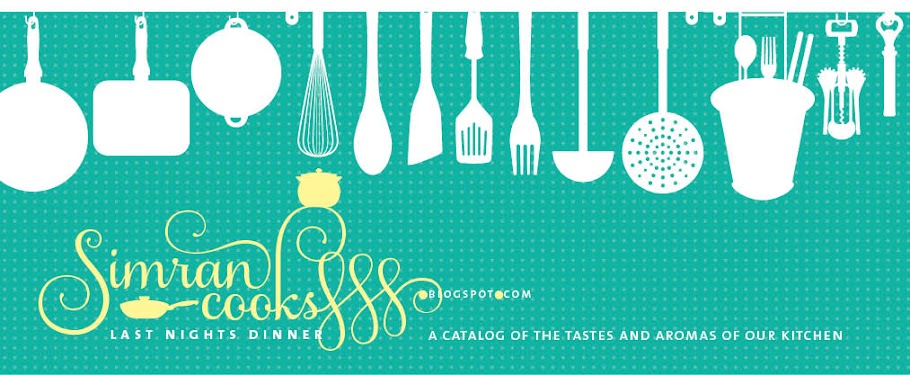Croquetas de Jamon, is a classic tapa available at most bars across Spain. It can be served as a tapa, part of a meal with a salad on the side, and it loved by all. The beauty of it, is that you can fill it with just about anything— use your left over roasted chicken, or heck another way to use leftover Thanksgiving Turkey, chopped hard-boiled eggs, finely minced shrimp or squid, chopped chorizo, mushroom, cheese, or a combination of these.
The real beauty of these lie in the delicate richness of the bechamel sauce combined with the flavors of your favorite filling. Make it a day ahead, to give the mixture enough time to harden in the refrigerator or freezer. It will then be easier to handle.
After spending two months in Spain, the kids loved Croquetas. It has never been my favorite Spanish tapa, but every time we are out for dinner, it is ordered— and everyone I know simply loves them!
Apparently, the Croquetas at the restaurant Embarcadero in Las Palmas de Gran Canaria, Spain are the best ever. So you can imagine my excitement when I found the recipe online.
While we were in Las Palmas (Spain), my aunt gave me a good supply of homemade frozen Chicken Croquetas, which was the best thing to have for quick last minute kid dinners with some corn and veggies on the side, or when friends stopped by.
Back in New York, our freezer is stocked back up with Croquetas de Jamon, and the kids are still loving it!
Recipe courtesy: Restorante Embarcadero
Ingredients
125 grams / 9 tablespoons butter
1 liter / 4 cups whole milk
125 grams / scant 1 cup onion, minced
200 grams jamon Iberico, minced (or finely minced mushrooms, left over roasted chicken, or a filling of your choice)
125 grams / 1 cup all-purpose flour
Salt, to taste
White pepper, to taste
4 eggs, beaten
2 cups all-purpose flour
200 grams / 4 cups bread crumbs
- Melt the butter in a large pot on medium heat.
- In a saucepan warm the milk.
- Once the butter has melted, add the onion. Mix and let it cook for about 5 minutes.
- Add the jamon, mix. Season with salt and white pepper.
- Add the flour, and keep mixing, until very well incorporated.
- Add the milk, little by little, to ensure that the flour dissolves well. It will be a thick consistency.
- Transfer it to a glass baking dish, flatten it out. Let it cool, transfer to the freezer. Let it cool until it is frozen hard enough to work with. Cut into rectangular shapes, about 2-inch x 1-inch.
- Lightly coat in flour, then dip in the egg, generously coat with bread crumbs. At this point you can freeze it again. Or bring it back to room temperature and then deep fry.












